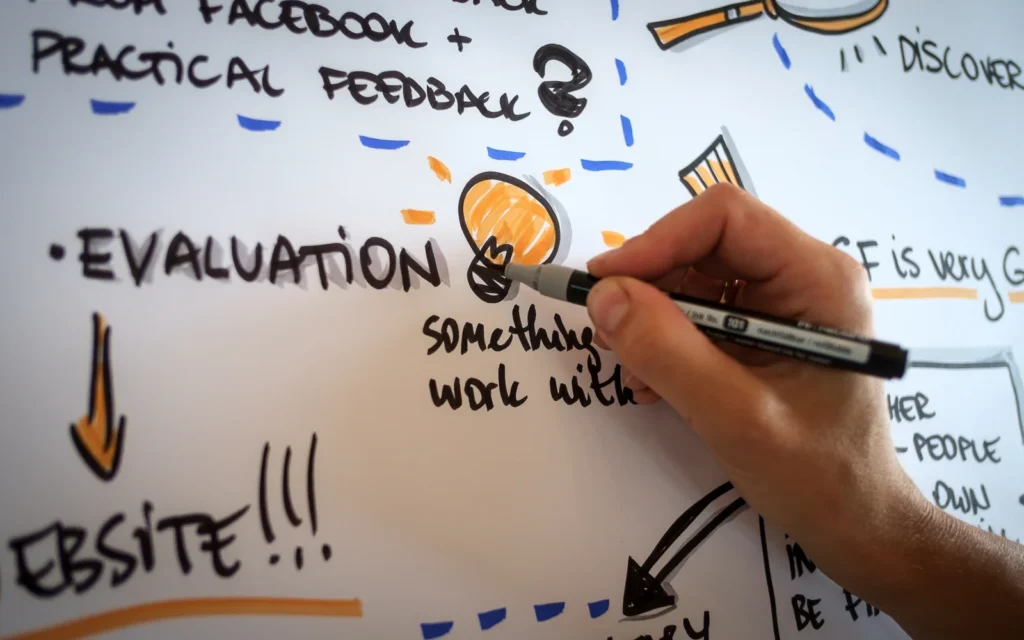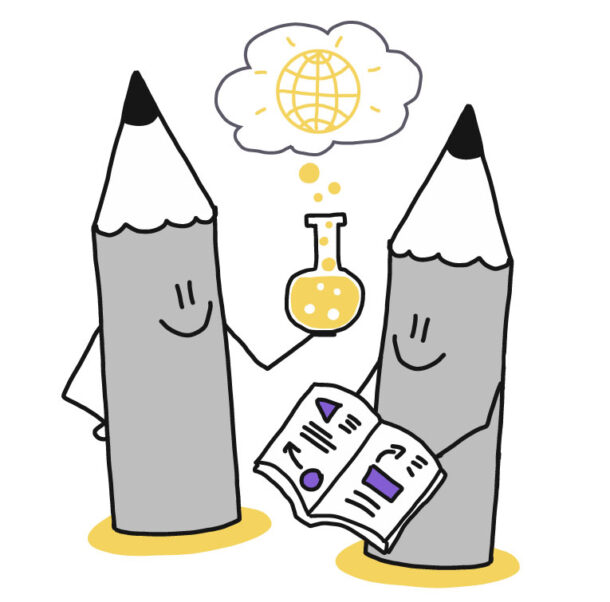
Change the world
line by line
The pencil and paper are powerful thinking, learning, and planning tools that take us closer to the desired goal. By using our innate ability to see both with our eyes and imagination and resorting to simple drawing, it gives us a whole new way to discover hidden ideas, develop them intuitively and share with others in such a way that they understand. Although both imagination and scribbling are our innate abilities, we do not make them work for our advantage as grown-ups (and sadly already also in school). We either do not dare to do so or are convinced that we cannot scribble, consider it too time-consuming, or think that drawing is for small children.



